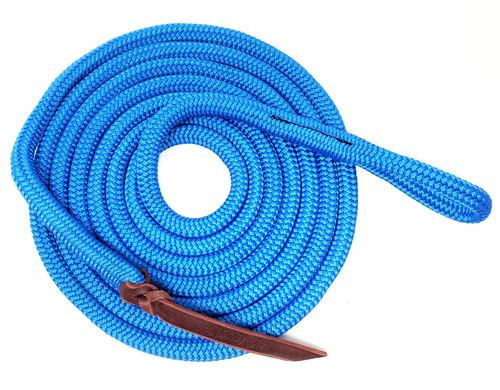Most common types of natural and synthetic ropes

Natural ropes are made from natural materials which include: manila, hemp, cotton, and sisal. They have the following characteristics: most efficient, shrink easily, get wet easily, become brittle and rot easily. An example of the types of natural ropes are: cotton rope, which is considered to be very soft, manila ropes, nylon natural ropes, and sisal ropes. Can be applied to agriculture, construction sites, interior design, and sports events.
Polypropylene ropes are the cheapest of all the synthetic ropes. They are mostly affected by ultra-violet rays, which lead them to wear out faster. Ski-lines and short moving pendants are the most common applications. Nylon rope tents are stronger and better at absorbing shock loads. They can be applied to dock lines since they stretch well. Polyester ropes do not stretch and can be used in towing lines and anchor codes.
Composition
The most common types of natural and synthetic ropes are made from different products. Natural ropes are manufactured by a farm product which is grown on earth; they are obtained from organic matter produced by plants. Natural ropes are accompanied by rotting, degradation, mildew, and wear out faster. Some of the materials used include: polypropylene, polyester, and nylon.
Durability
Natural ropes can withstand a lot of heat because they’re acclimated to it, but they can be harmed if they’re exposed to the sun directly. They can decay and lose strength in humid and moist environments. Synthetic ropes function well in moist locations since they are mildew and mold resistant. In hot climates, synthetic ropes are a good option. Additionally, they can sustain increased friction and resist abrasion.
Uses
The uses of synthetic and natural ropes differ. Natural ropes mostly are used for landscaping, this is performed in gardens. Pet items like pet toys can also use them. Since strength capabilities and durability is high, synthetic ropes have very broad usage. It can be applicable in any weather conditions. Examples of some uses include water sports, swimming pole lanes, fishing, outdoor, railing, and décor.
Strength
The strength of paracord rope on Amazon is lower than that of synthetic ropes. Natural composition cannot be altered. For natural ropes, manila rope’s smallest and largest diameter have 540lbs and 2700lbs of failure strength, respectively. Synthetic ropes are thought to be 20% stronger than natural ropes. The strength failure of the unmanila rope with the smallest diameter is 1250 pounds, while the strength failure of the unmanila rope with the largest diameter is 46800 pounds.
In conclusion, the most common types of natural and synthetic ropes have differences in terms of composition, usage, durability, and strength. Before choosing the type of rope to apply, you should consider how they differ and which one will be best for your application.